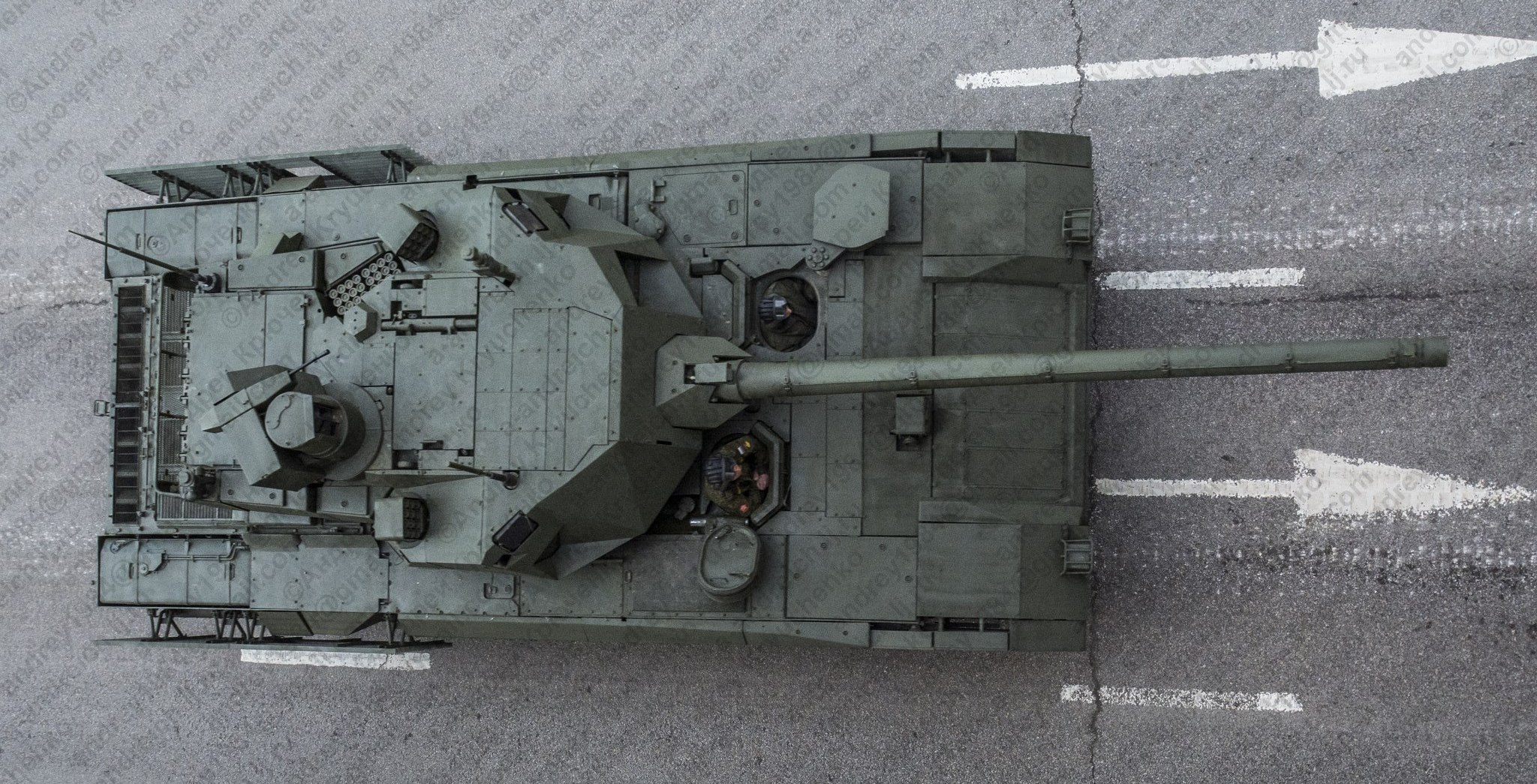"We’re testing three types of paint, i.e. with
de-icing, radar-absorption and decontamination /radiation reduction/ capabilities. These varieties of new paint are suitable for all types of armor, including the Armata family," he noted.
For a month, the new coating was undergoing tests on the Central Military District’s /CMD/ proving ground. Taking part in the experiment were
T-72 tank and
BMP-2 and
BMP-1KSh infantry fighting vehicles. "During the night trials the paint was tested by using reconnaissance systems, such as unmanned aerial vehicles and foreign-made night vision systems. Two out of three samples have demonstrated a virtually complete reflection both in the light range and in the infrared spectrum. The painted equipment was also tested on the cross country, including pits with water and mud," the CMD press service reported. It noted that the color assortment of the materials meets the Russian Armed Forces standards.
The developers don’t conceal the chemical formula of the paint. "These tests are very important in that they help us adjust the coating composition and add some elements.
It takes 25 to 50 kg of paint for coating one unit of equipment. In half a year we’ll check the paint adhesion to the equipment surface and its performance," Lachikhin added.
Previously, in Jane’s Defence Weekly, the US experts with many years’ experience in the development of modern armor and their Russian counterparts versed in the Soviet radiation reduction systems, expressed some doubt over the T-14 Armata platform tank’s low signature allegedly imperceptible by radars and thermal imager.
The family of equipment based on the Atmata heavy tracked unified platform includes the
T-14 tank,
T-15 heavy infantry fighting vehicle and T-16 armored recovery vehicle. It is expected that based on the Armata, other vehicles will also be built, for instance, transportation and loading vehicle, mine dispenser and bridge layer.
The first examples of the advanced armored vehicle will be available to the troops in 2016. -







